14 Ways To Solve Common Horse Behavior Problems
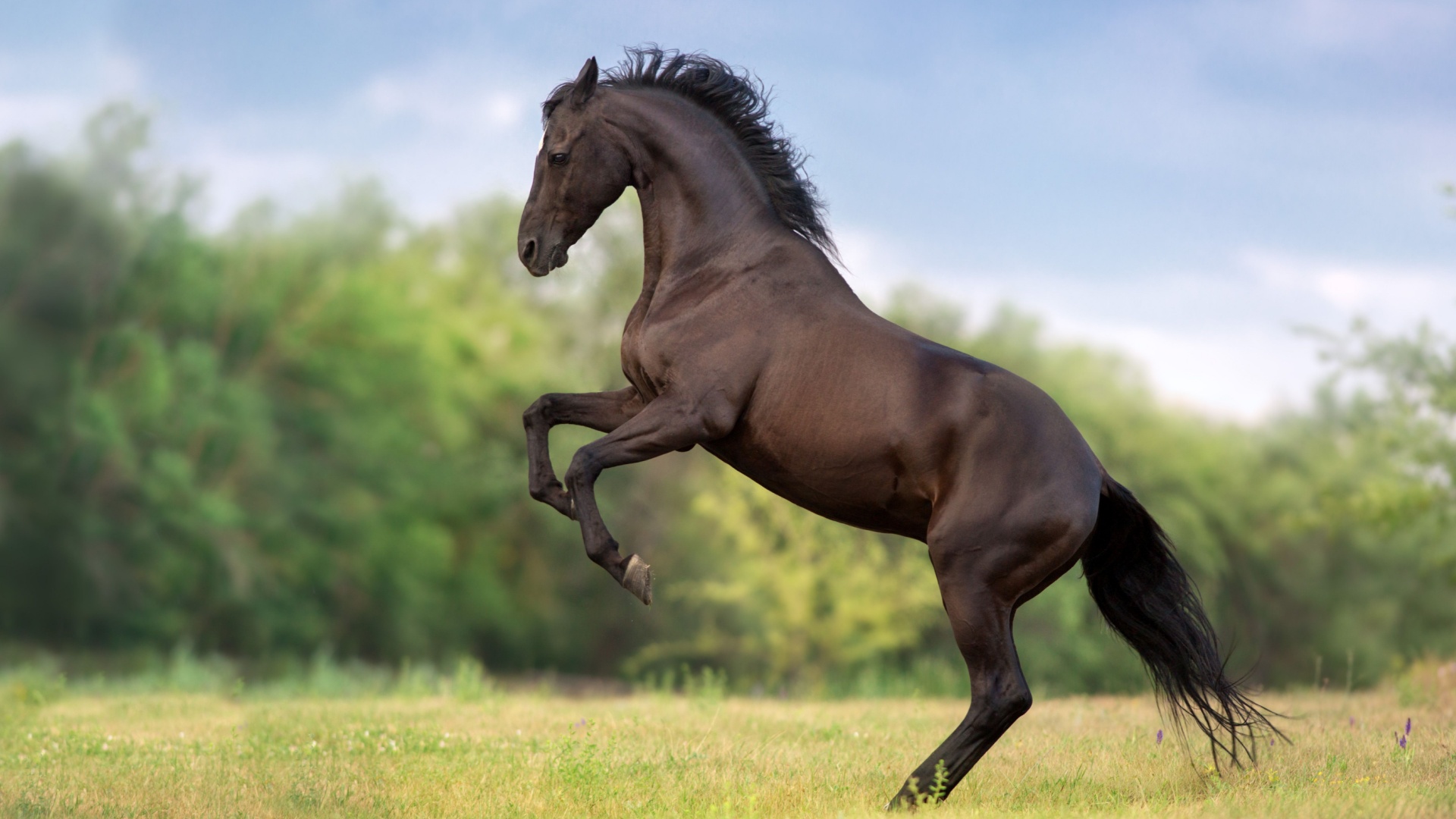
Horses are majestic creatures, but sometimes their behavior can be as unpredictable as a wild west rodeo. Tackling common horse behavior problems doesn’t have to be a wild ride.
From nipping at your favorite cowboy hat to being more skittish than a cat in a thunderstorm, there’s a solution for all sorts of equine antics.
With a bit of patience and a sprinkle of humor, you can turn these challenges into bonding moments. Let’s saddle up and explore ways to transform these spirited behaviors into delightful quirks.
1. Understanding Head Tossing
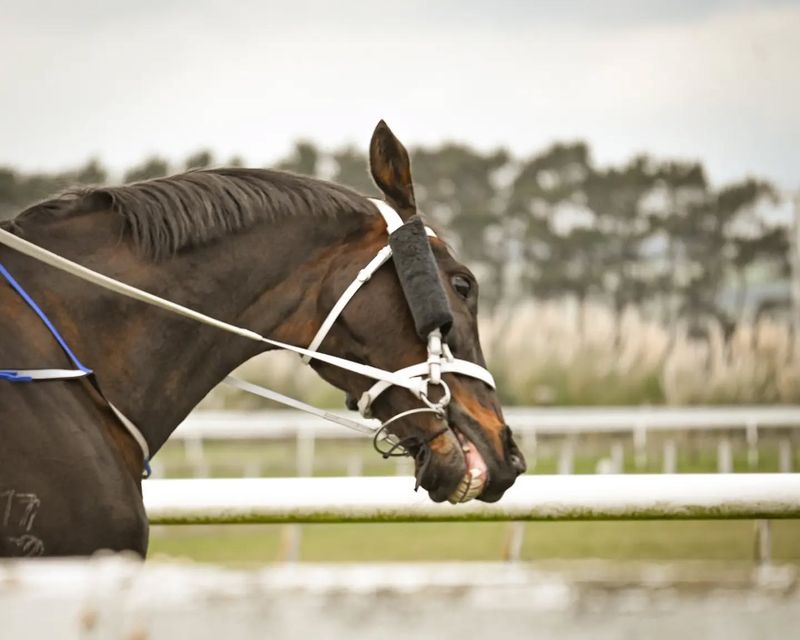
Ever feel like your horse is auditioning for a shampoo commercial with all that head tossing? Before you sign them up for equine hair modeling, consider that this may be more than just a dramatic flair. Head tossing can be a sign of discomfort or simply a bad case of the horsey grumps.
Start by checking the fit of your horse’s bridle and bit; a poor fit can be about as comfortable as wearing pants two sizes too small. If all is snug, consider environmental factors like pesky insects or allergies that might be causing distress. Equipping your equine friend with a fly mask or a change in scenery might just do the trick.
Sometimes, all they need is a little extra attention and a gentle touch to calm their restless heads. Or perhaps, they just need a patient ear to listen as they narrate their day with every toss and turn of the head.
2. Dealing with Spooking
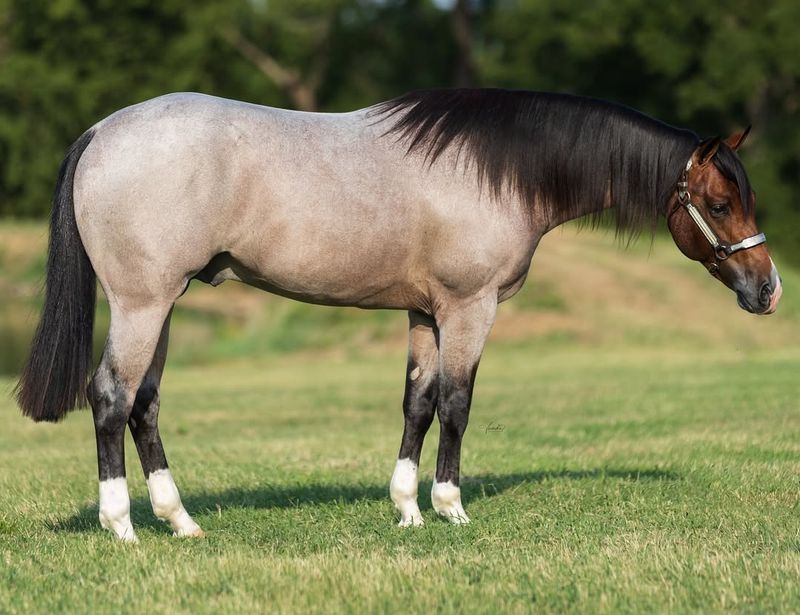
Spooking is a natural response, although one that can leave you feeling like you’re on a rollercoaster ride every time a leaf rustles. Helping your horse become less reactive involves trust-building and gentle exposure to new stimuli.
Start small, perhaps by introducing them to unusual objects like that inexplicable garden gnome your neighbor loves. As they become accustomed to these oddities, gradually increase the challenge. Remember, patience is key. Praise them when they approach the object bravely and offer a reassuring pat.
After all, every spook is just another opportunity to turn terror into triumph. Soon your horse might even be the one comforting the new kid on the paddock when the wind picks up.
3. Addressing Biting Habits
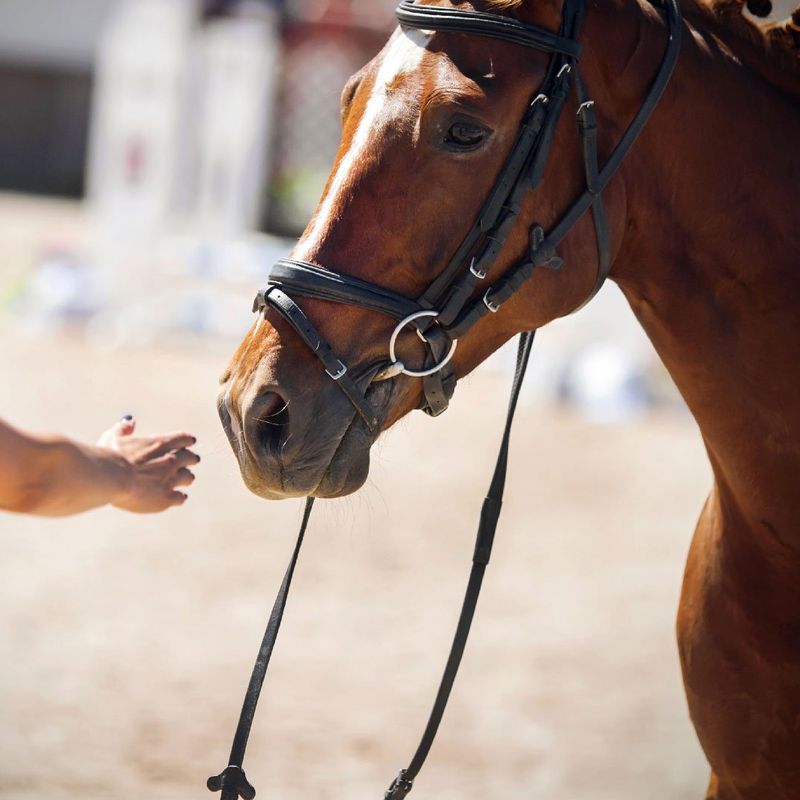
When your horse thinks your sleeve is a tasty treat, it might be time to rein in that biting habit. Biting can be playful, a sign of discomfort, or even a request for attention. If your horse is a bit too fond of your jacket, consider the underlying causes.
Rule out any discomfort from ill-fitting equipment or dental issues first. Once you’ve checked those boxes, focus on training techniques. Redirecting their energy with toys or teaching them to respond to positive reinforcement can work wonders.
Consistency is crucial. Ensure that everyone who handles your horse follows the same practices. Encourage gentleness and offer treats only as rewards for non-biting interactions. With time and patience, your horse will learn that your hand is for pats, not nibbles. And your jacket? It’s for keeping you warm, not for a quick snack.
4. Curbing Stall Kicking
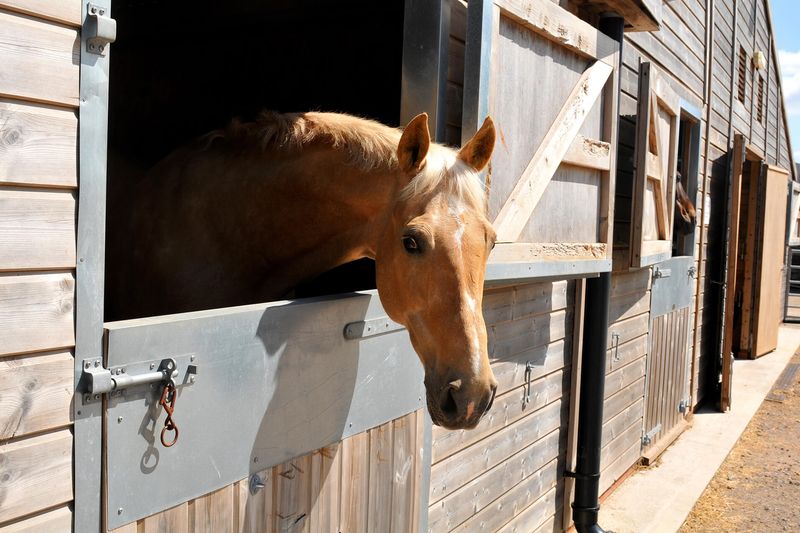
If your horse has turned its stall into a drum set, it might be time to address this rhythmic display of displeasure. Stall kicking can be a sign of boredom, frustration, or a cry for attention. Start by ensuring that your horse has enough exercise and mental stimulation.
A bored horse is like a teenager without Wi-Fi – restless and potentially troublesome. Consider changing their environment or providing toys to keep them occupied. If the kicking persists, examine their routine. Perhaps they need more social interaction or a change in feeding schedules.
Sometimes, simply altering the stall setup to reduce noise can help. Above all, patience and understanding will help your horse find harmony far beyond the confines of their stall.
5. Tackling Trailering Troubles
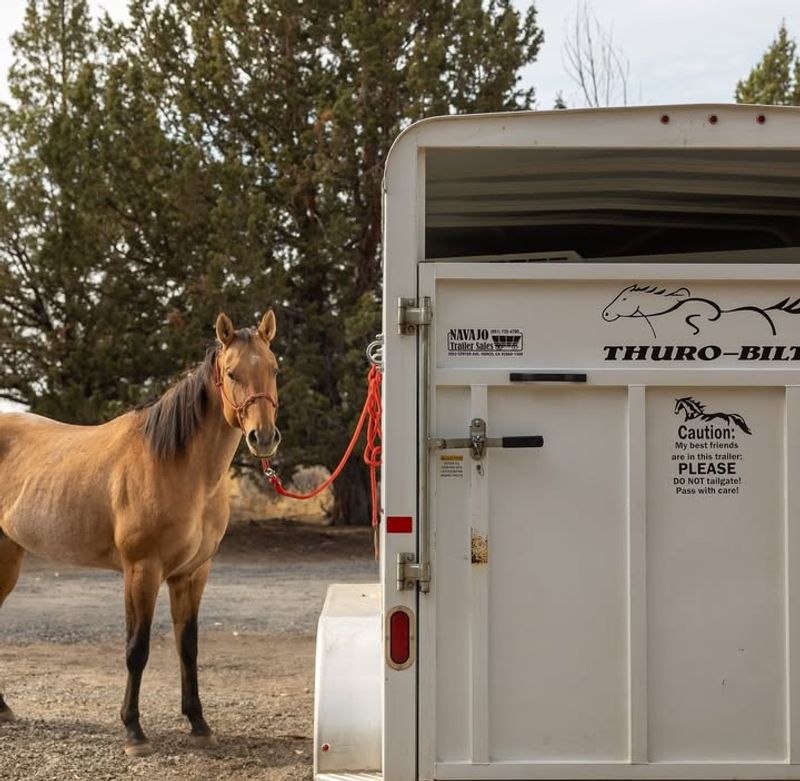
Getting a horse into a trailer can feel like asking a cat to take a bath. But fear not, with a bit of coaxing, you can turn trailer time into a pleasant journey. Begin by introducing the trailer as a friendly, non-threatening space. Allow your horse to explore it at their own pace, rewarding them with treats and praise for each step forward.
Break the process into small, manageable stages, and celebrate each victory, no matter how small. Patience is your best ally here. With consistent, positive experiences, your horse will soon associate the trailer with safety rather than spookiness.
Before you know it, they’ll be trotting up the ramp like it’s the red carpet at an equestrian awards show.
6. Handling Herd Bound Horses
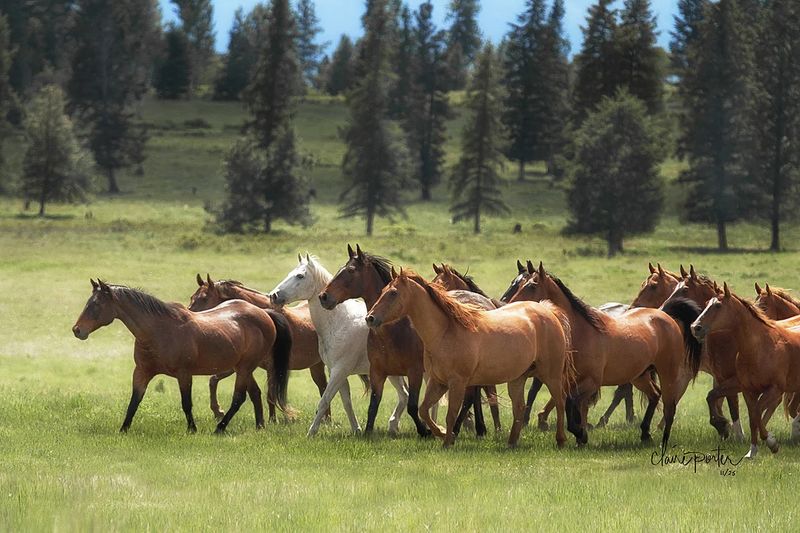
Herd-bound behavior is natural but can be managed with a bit of strategy. Horses, being social animals, often form strong bonds, but when separation anxiety kicks in, it’s time for intervention. Start with short separations and gradually increase the time apart to build confidence.
During these moments, engage them in fun activities or training sessions to distract from their loneliness. Consistency is the key. Reinforce positive behavior with rewards and maintain a reliable routine.
Gradually, your horse will learn that being apart doesn’t mean the end of the world, but rather a chance to shine in the spotlight of independence.
7. Overcoming Rearing Issues
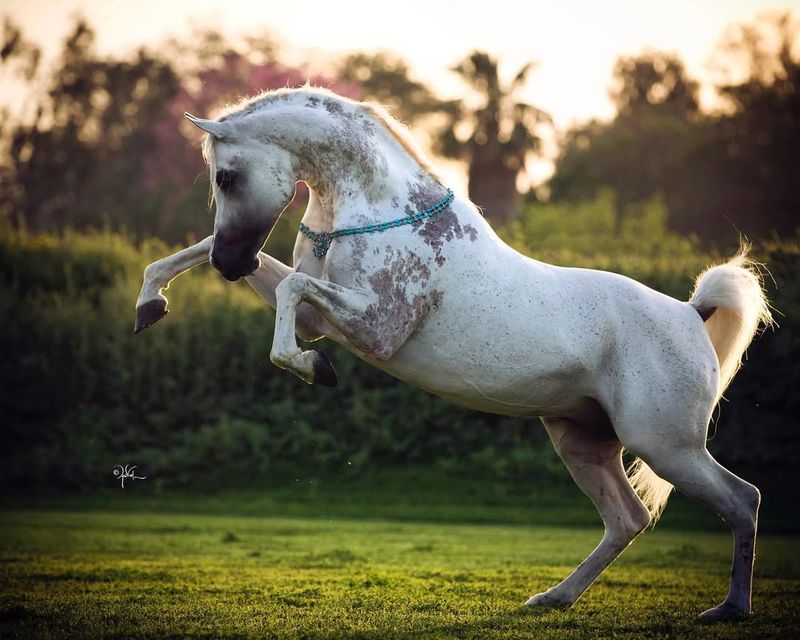
When your horse decides to channel its inner steed from a medieval joust, it might be time to address those rearing issues. Rearing can be dangerous, both for the horse and the rider. Safety first: always ensure you’re in a safe environment when working on this behavior.
Start by identifying any possible physical discomforts or environmental triggers that might be causing stress. Training should focus on calmness and control. Use exercises that promote balance and obedience, rewarding your horse for staying grounded.
With persistence and a little help from an experienced trainer, your horse can learn to save the rearing for the jousting tournaments of their dreams—on a screen.
8. Resolving Bucking Behavior
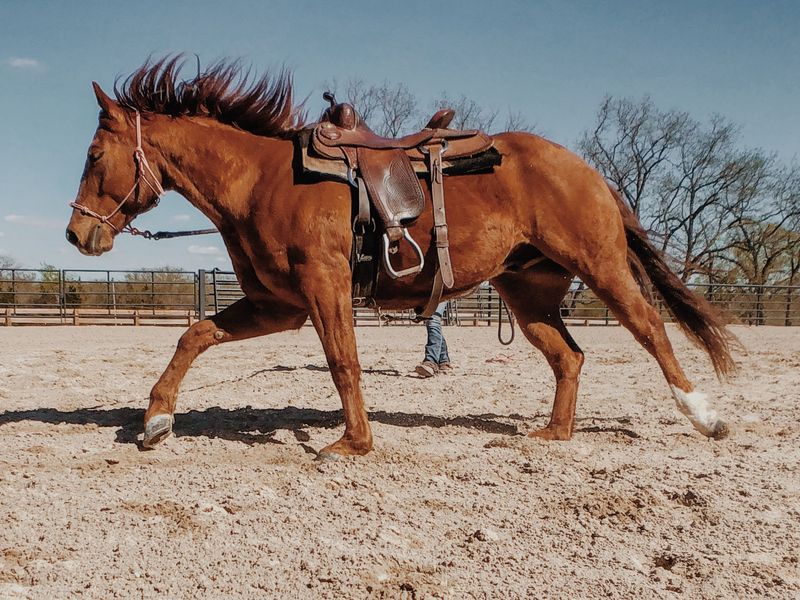
If your horse is channeling their inner rodeo star, it might be bucking time to address the behavior. Bucking is often a sign of discomfort, fear, or simply too much energy to burn. Start by ensuring that your horse’s tack fits correctly and their back is healthy.
A visit from an equine chiropractor might be just what the vet ordered. Once physical pain is ruled out, consider their diet and exercise regimen. Sometimes, a bored horse just needs an outlet. Introduce new challenges and activities to keep them interested.
With time, patience, and a dash of creativity, your horse will learn to express themselves in ways that are less bumpy and more of a smooth ride for you.
9. Easing Ear Shyness
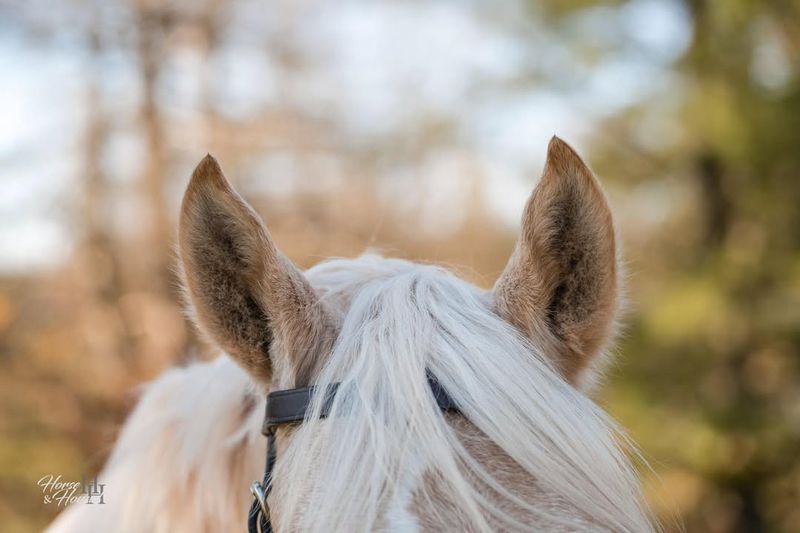
If your horse flinches when you go near their ears like they’re guarding a royal secret, it’s time to ease that ear shyness. Horses can be sensitive around their ears due to past experiences or simple discomfort. The key is slow, gentle desensitization.
Start by approaching your horse with calm energy, using soft strokes and reassuring words. Gradually introduce them to the sensation of having their ears touched, rewarding calm behavior. Consistency is crucial, as is patience. Soon your horse will tolerate ear handling, and who knows, they might even enjoy it.
Remember, every horse is unique, and building trust in this area can strengthen your overall bond. And maybe, one day, they’ll let you in on that royal secret.
10. Mitigating Weaving and Stall Walking
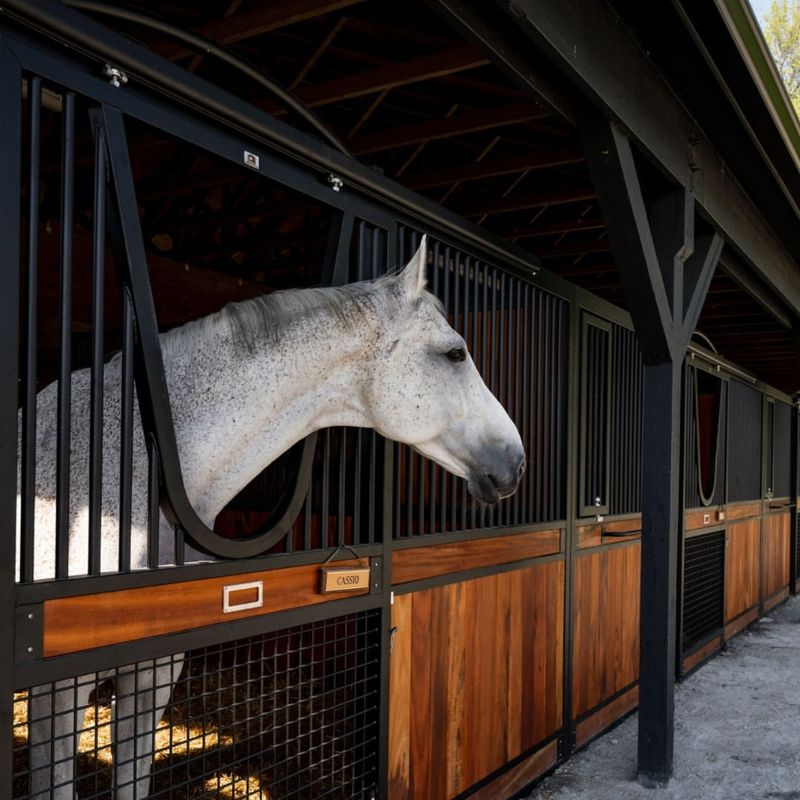
Is your horse practicing for a career on the dance floor with all that weaving and stall walking? This can be a sign of boredom or stress, similar to a person pacing the room during a tense moment. Consider the root cause of their stress.
Providing more turnout time, social interaction, and mental stimulation can work wonders. Enriching their environment with toys or feeding puzzles can also help mitigate these behaviors.
Sometimes, simple changes like moving their stall to a location with more visibility or companionship can make a difference. Every step toward reducing stress is a step away from an equine dance-off and toward a happier, more content horse.
11. Fixing Food Aggression
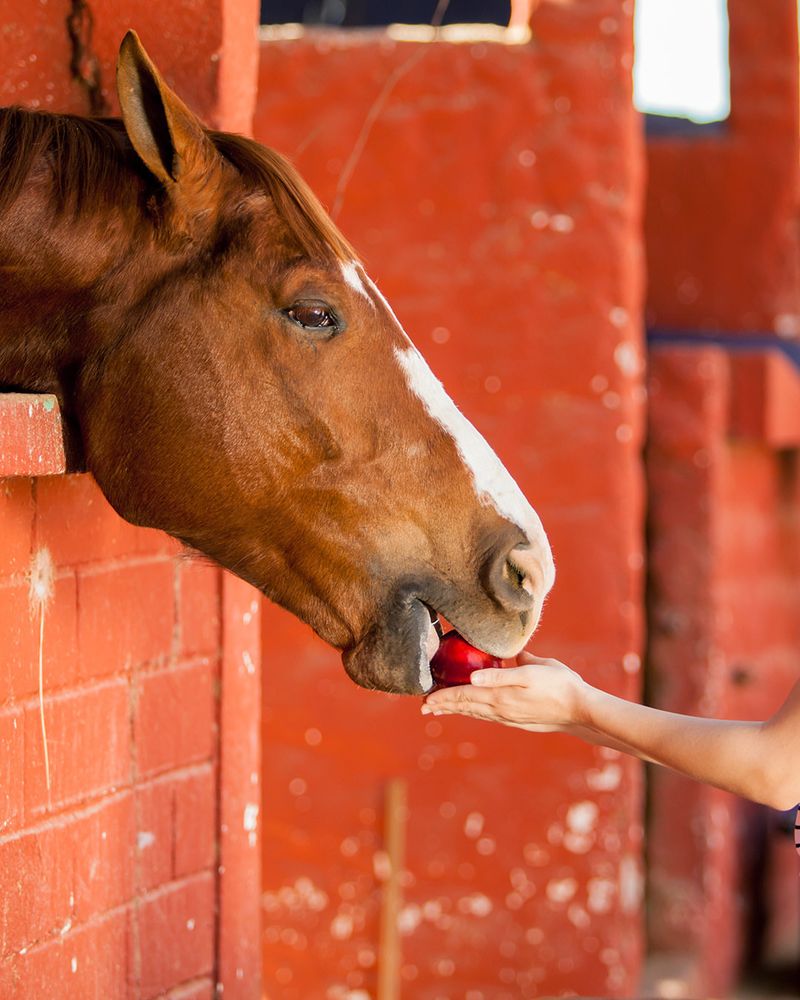
If your horse treats mealtime like a Black Friday sale, it’s time to address food aggression. This behavior can be concerning, but with the right approach, it can be managed effectively. Start by establishing clear boundaries and routines during feeding.
Teach your horse to respect your space and wait patiently for their meal. Using consistent commands and rewarding calm behavior can reinforce these lessons. Gradually, introduce other horses or people during feeding to desensitize your horse to being protective over food.
Patience and persistence are key. Over time, your horse will learn that mealtime doesn’t have to be a battle, but rather a peaceful and enjoyable experience.
12. Managing Mouthiness
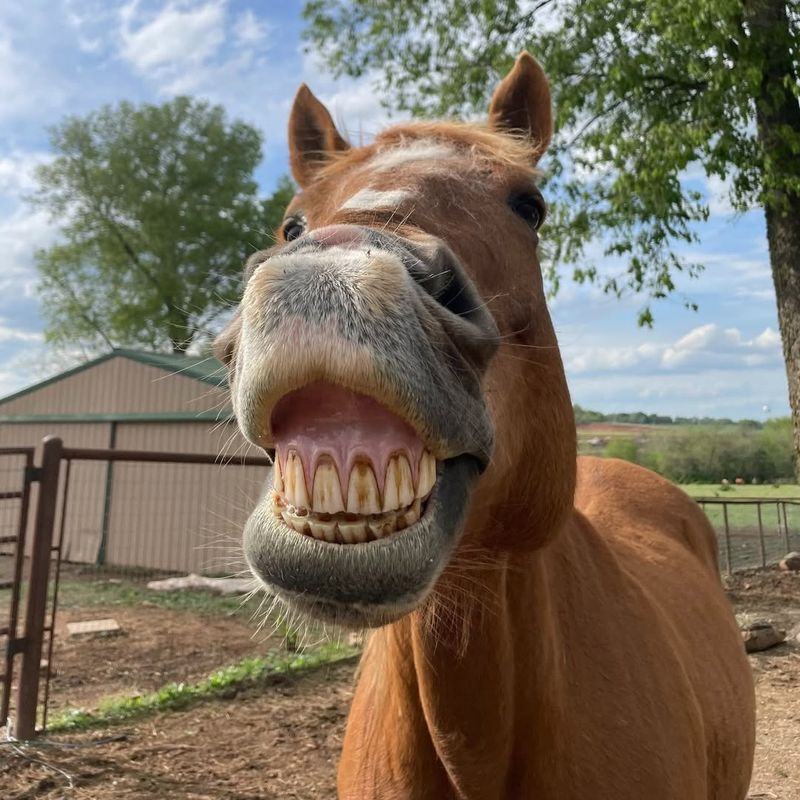
Does your horse treat everything like a chew toy? Managing mouthiness requires a combination of redirection and positive reinforcement. Horses explore the world with their mouths, but this can become problematic if not addressed.
Provide appropriate objects for your horse to nibble on, like chew toys or specific treats that satisfy their curiosity without damaging your belongings or causing harm. Training should focus on rewarding non-mouthy behaviors.
Consistency across handlers is crucial, ensuring that everyone reinforces the same positive behaviors. With time, your horse will learn when it’s okay to express their curiosity and when it’s time to keep their chompers to themselves.
13. Relieving Tail Rubbing
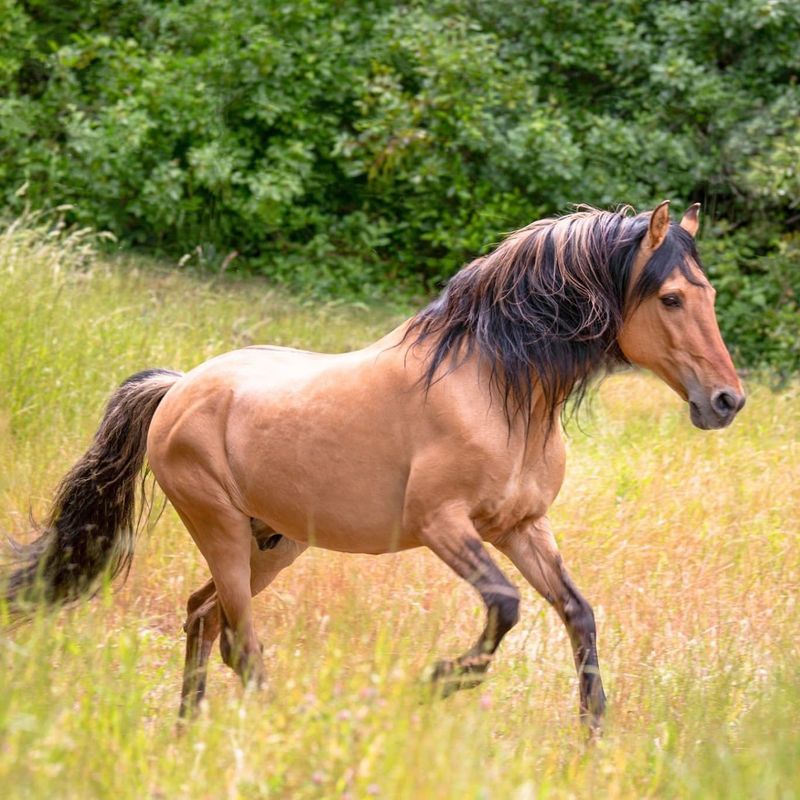
Tail rubbing can indicate skin irritation, parasites, or even boredom. Begin with a thorough examination of their tail and surrounding area for signs of irritation or parasites.
Sometimes a simple change in grooming products can alleviate discomfort. If health issues are ruled out, consider environmental enrichment to tackle boredom-related tail rubbing. Providing more interaction, activity, and toys can reduce the urge to rub.
With a little effort, your horse’s tail can remain a glorious plume rather than a scrub brush.
14. Quelling Quirky Stubbornness
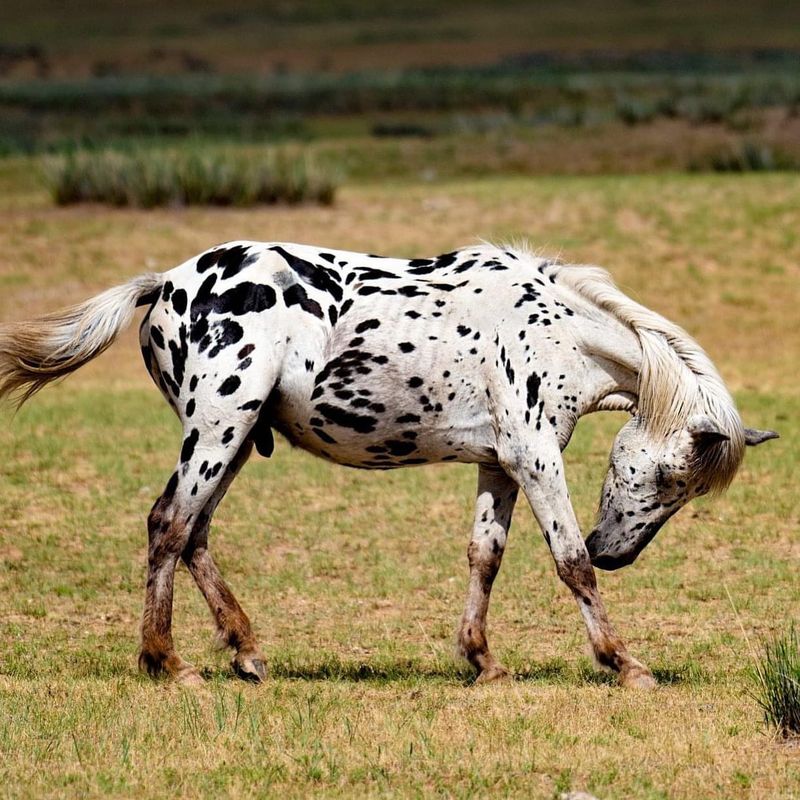
When your horse decides to channel its inner mule, it may seem like the stubbornness is unquellable. But don’t despair! Stubbornness can often be a sign of intelligence, requiring a bit of creativity and patience to manage.
Understanding your horse’s motivations is the first step. Are they resisting due to discomfort or simply testing boundaries? Adjust your approach based on their response, offering rewards for compliance and patience for resistance. Create a training routine that encourages engagement and rewards flexibility.
Sometimes all they need is a compelling reason to move, like a favorite treat or a beloved toy. Your horse will learn that cooperation often leads to the best rewards, all while maintaining their delightful personality.
